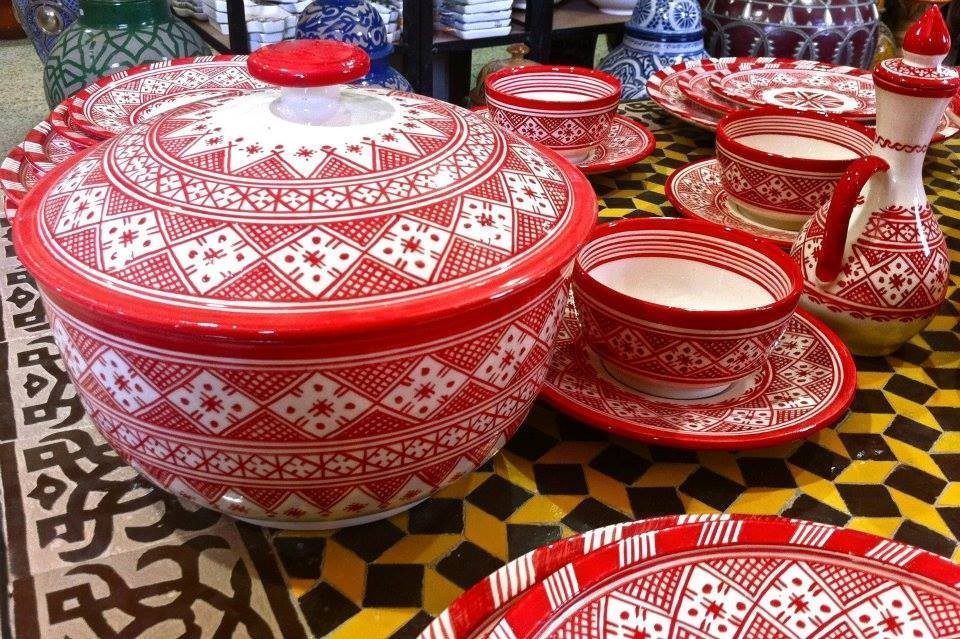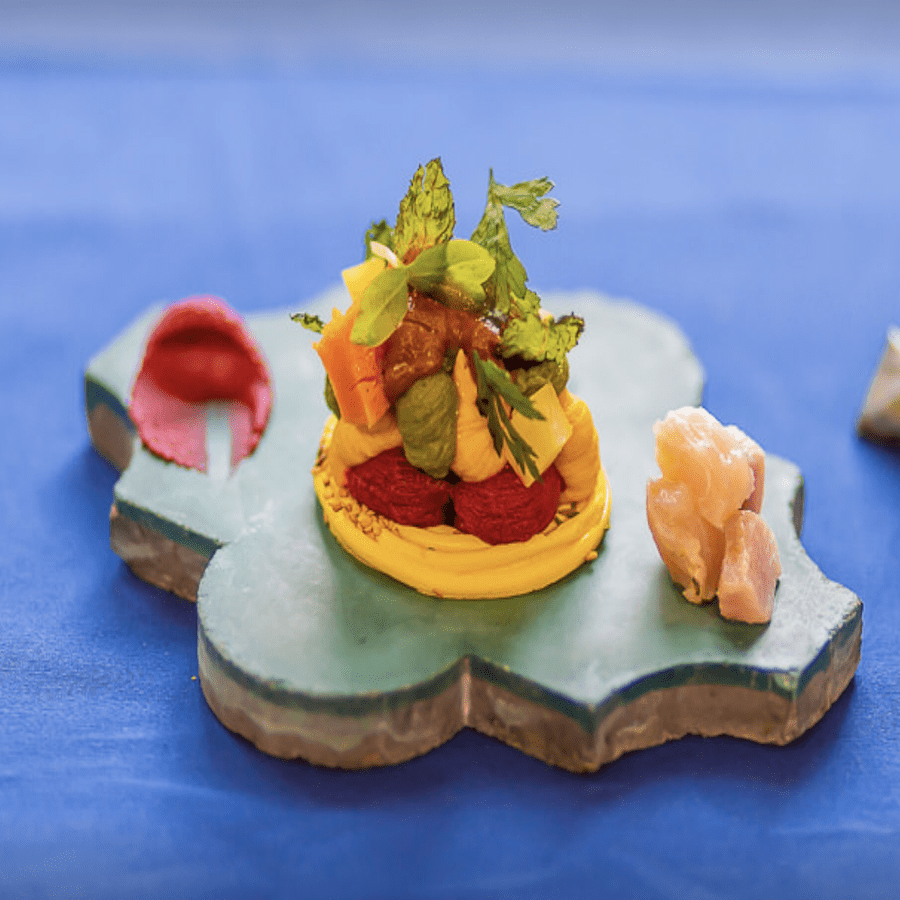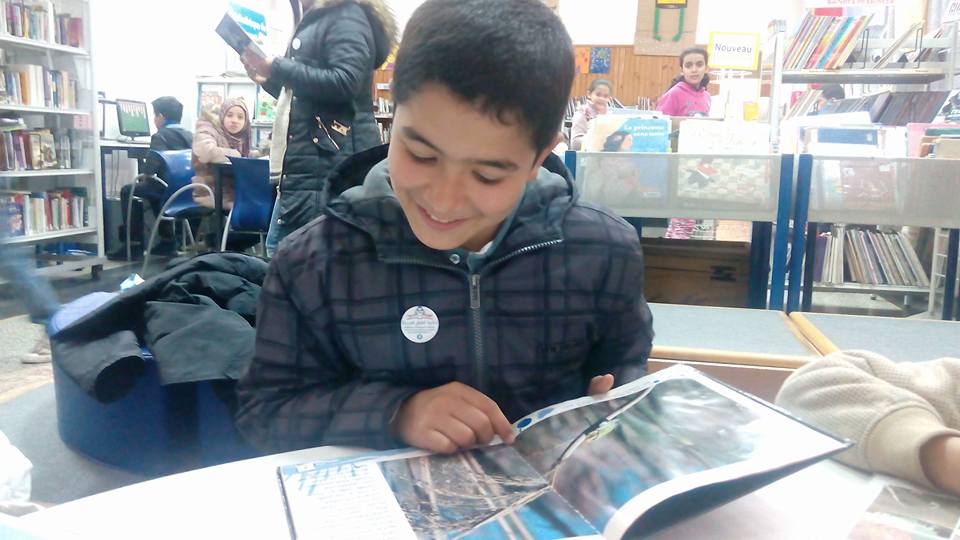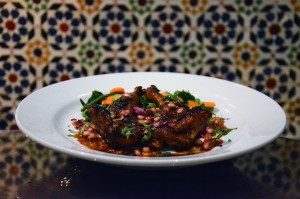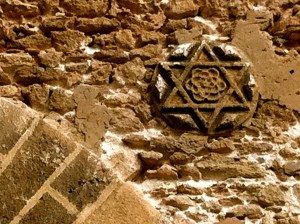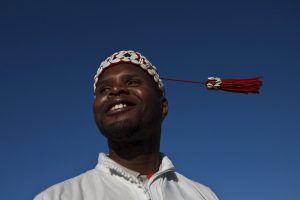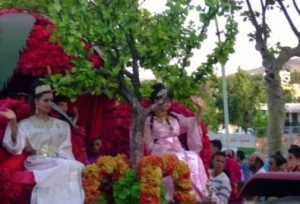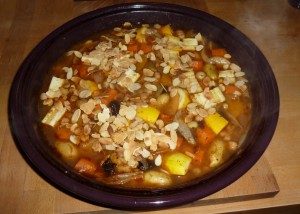Fes is a UNESCO World Heritage site and the oldest working medina in the world.…
Tag: Fes
UN statistics suggest that average literacy rates in Morocco are as high as 67% (in 2011). However, this figure hides large discrepancies between males and females and between urban and rural populations. Typically, girls in Morocco are less well-educated than boys. Additionally, in rural communities or poorer areas of the medinas, parents may remove children from school at an early age to work or help the family. The Medina Children’s Library in the medieval old city of Fez aims to support children’s learning and make it fun.
Morocco is such a photogenic country. The Best Times to Travel to Morocco and discover the 6 Best Views is spring and fall. The bright, Mediterranean sunshine makes for a special light, whether you are photographing deserts, mountains, cities, dunes or coastal scenery. The colors of the natural elements, the architecture and the handicrafts such as carpets, highly polished teapots, hand-stitched and embroidered leather babouches slippers or flowing caftans make for great subjects, as do the people and animals of Morocco. It’s best to always ask before taking someone’s picture and don’t be offended if they refuse given many Moroccans are modest and private. Morocco also has several stunning vistas which you will want to snap during your trip. Here is a lowdown of where to go to capture the six best views of Morocco.
Fes is the culinary and cultural capital of Morocco. The city of Fes is a leader in Moroccan cuisine. The ancient traditions of Fes cuisine come alive at a variety of riads and restaurants throughout the old city of Fes. New on the scene are a wide variety of boutique riads that have opened their doors to the public and are merging traditional Fassis table cuisine with French and International flavors. Morocco Travel Specialist, Alecia Cohen, takes a look at the best places to dine and experience cuisine in Fes to tempt your pallets on a Morocco Tour.
Morocco’s ancient city of Fes (Fez) was Morocco’s first imperial capital. Fes was established and developed by Idris I – founder of the Kingdom of Morocco and credited with the Islamization of the country – and his son, Idris II. More than a millennium later, it remains Morocco’s spiritual heart. In some parts of the ancient medina, little has changed since mediaeval times. As such, the ancient palaces, Koranic schools and gardens make magical settings for two key festivals in the Fassi year: the Fes Festival of World Sacred Music (22-30 May 2015) and the Fes Festival of Sufi Culture (18-25 April 2015).
Morocco is one of the ancient intersections of civilization. Boldly situated on the far northwestern corner of Africa, Morocco’s expansive shoreline stretches from the Atlantic through the Strait of Gibraltar to the Mediterranean. The cultural diversity of contemporary Morocco reflects its historic vantage point as a gateway to Europe and the world. Morocco’s heritage offers visitors an encounter with an exotic society and its customs, an incomparable cuisine, and a shopper’s paradise of magnificent markets.
Morocco has a diverse and vibrant culture close to Europe just 13 km from the coast of Spain yet with growing ties with the Middle East where the oil rich Gulf countries are investing substantially in Morocco’s tourism industry.
The June 2013 Sefrou Cherry Festival in Morocco, which celebrates the annual harvest, is the 93rd in its history and the first since its inclusion as part of the UNESCO immaterial cultural patrimony. The first Cherry festival held in Sefrou was In 1918. A cherry queen is crowned as a climax to street events and musical concerts. There will be exhibitions by cooperatives in the region to boost the local economy.
Morocco offers plenty of fulfilling options for vegetarian travelers . It has wonderful and abundant fresh vegetables and spices like cumin, saffron cinnamon and paprika and seasonal fruits which you will see piled high in local souks.

